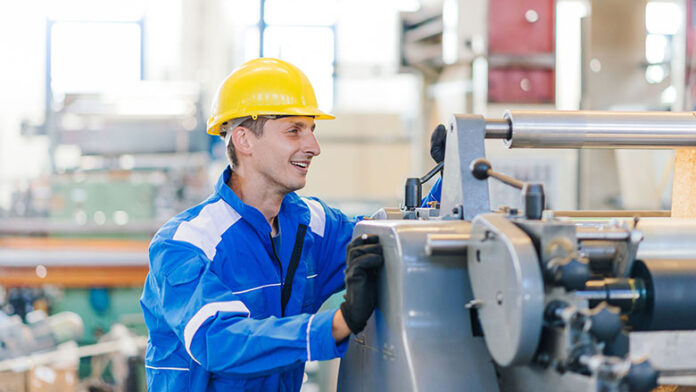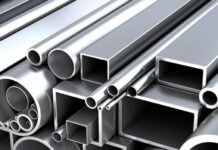Machine guarding describes safeguarding devices and methods to protect employees from injury while working with machines. The Occupational Safety and Health Administration (OSHA) has specific regulations for machine guarding designed to minimize the risk of worker injuries.
The purpose of machine guards is twofold – they must protect workers from contact with dangerous moving parts and prevent objects or materials from being ejected from the equipment. Guards can be fixed or movable, depending on the individual application. Some common machine guards include safety fences/bars, enclosures or barriers; light curtains/screens; presence-sensing devices; bumpers, and cushions.
Employers are responsible for ensuring that all machinery within their workplace is properly guarded according to OSHA standards. This includes choosing appropriate safeguards based on factors such as the type of machinery, the speed at which it operates, energy sources involved, exposed hazards, etc., plus implementing these safely and maintaining them effectively over time. Employees must also be trained to use machine guards safely, knowing when a guard can be removed temporarily for maintenance purposes, etc.).
You can find many helpful resources online if you’re an employer who needs help. For example, the OSHA website provides tons of information on its Guarding Machinery page – including specific standards, compliance assistance tools, and more. You can also check with your state’s Occupational Safety & Health Administration (OSHA) office for additional guidance on machine guarding in your area.
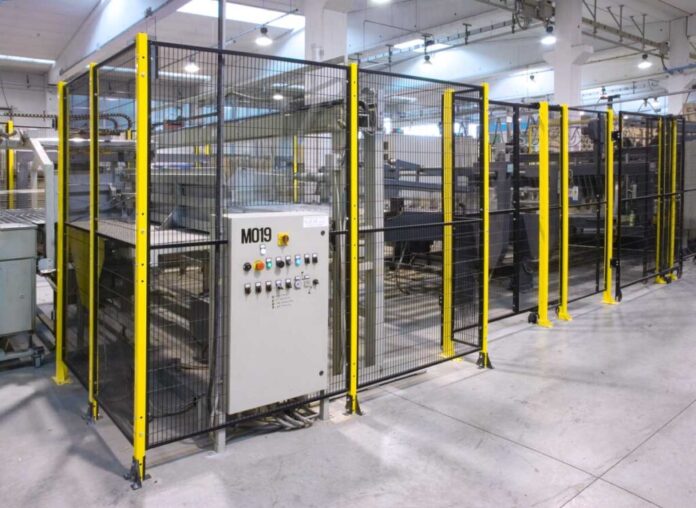
Who is responsible for machine guarding OSHA?
Everyone involved in the manufacturing process should be aware of and follow the safety guidelines by OSHA. The agency’s regulations about machine safety are outlined in detail in its Lockout/Tagout standard (29 CFR 1910.147).
The responsibility for ensuring that machines are properly safeguarded typically falls on equipment manufacturers and employers. Equipment manufacturers must design machines that meet certain standards concerning safe operation and employee access and provide adequate warnings and instructions about proper use. Employers, meanwhile, must ensure that all machinery is safely operated and maintained, taking into account any specific hazards posed by individual machines or work processes.
In practice, these responsibilities can sometimes overlap – for example, an employer may need to modify a piece of equipment so it can be safely used according to its manufacturer’s specifications. And while contractors or other outside workers may not normally fall within an employer’s direct line of supervision, they still have a responsibility under general industry standards to work safely around hazardous machinery (i.e., lockout/Tagout procedures would still need to be followed when their work requires them to come into contact with energized parts).
If you’re working with machines in a general industry setting, it’s important to know OSHA’s machine guarding requirements. These standards exist to help protect employees from potential injuries caused by moving parts, flying debris, and other hazards associated with machinery.
There are a few key things to keep in mind when complying with OSHA’s machine-guarding guidelines:
- First and foremost, guards must be installed on all hazardous machines, including fixed and portable equipment.
- Machinery operators must always use the guards provided by the manufacturer or employer as specified in safe work practices.
- Guards cannot create new hazards themselves (e.g., they can’t obstruct vision or movement), so they must be properly maintained and adjusted as needed.
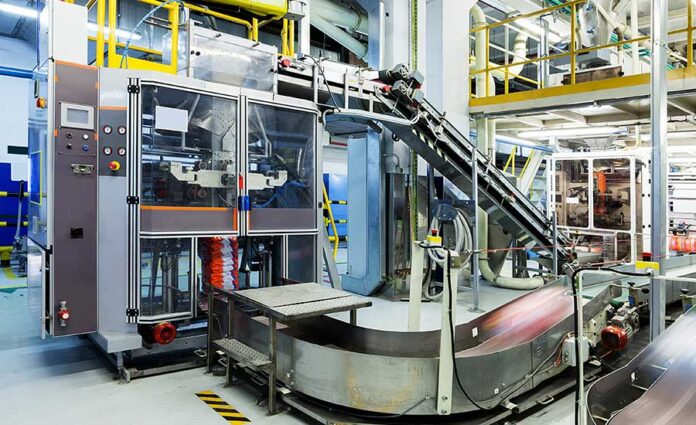
What are the requirements for machine guarding OSHA?
Any business that uses machines in the workplace needs to be aware of OSHA’s machine-guarding requirements.
OSHA requires employers to protect workers from hazards associated with machines, including crushing, cutting, piercing, and amputation injuries. This is done by implementing specific safety measures that guard against these potential hazards.
One such safety measure is machine guarding. Machine guarding consists of enclosing or shielding dangerous moving parts on machines with protective guards, covers, or shields. In addition to safeguarding machinery, effective machine guarding can help improve productivity and product quality by reducing worker fatigue.
There are several general requirements for machine guarding as outlined in OSHA Standards 1910 .212(a) through (d):
- Machine guards must be erected so that they cannot be reached accidentally by employees working nearby
- Employees must not have to climb over any part of the machine guard or reach under it to perform their work;
- In locations where accidental contact with hazardous rotating parts might occur while operations are underway, OSHA requires the use of devices like barriers or warning signs
- Guards must withstand ordinary conditions of wear and tear
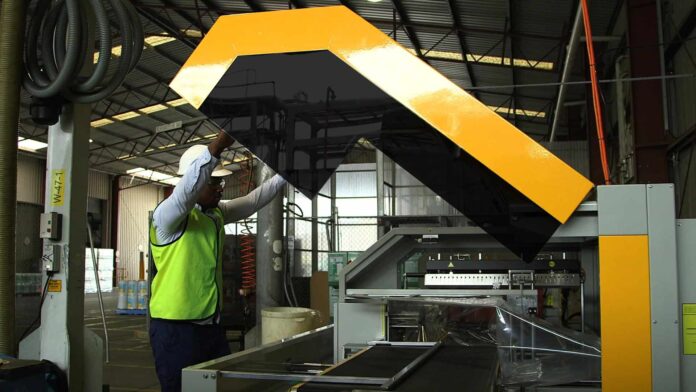
What are some common hazards associated with machine guarding OSHA?
Whenever you operate industrial machinery, there are always inherent risks involved. To guard against potential injuries, the Occupational Safety and Health Administration (OSHA) requires that employers take specific measures to protect their workers. Machine guarding OSHA is a term used to describe the regulations and standards for protecting employees from machine-related hazards.
There are many common hazards associated with machine safeguarding OSHA, including but not limited to: contact with moving parts, exposure to sparks or flames, flying debris/ shattered objects, ingestion of contaminants, entanglement in equipment hair entrapment. Many of these dangers can result in severe lacerations, amputations, or even death.
To mitigate these risks, employers must take appropriate safety precautions when using industrial machines; This includes installing guards on dangerous equipment, interlocking devices, barriers, warning systems, etc. Employers must also ensure that all safeguards are properly maintained and in good working order.
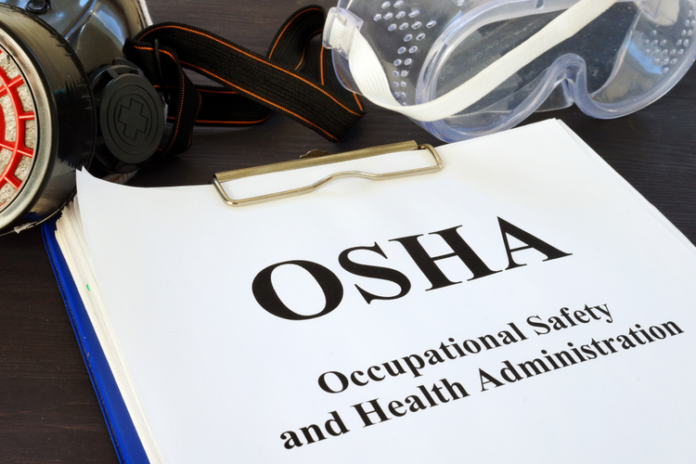
Safety Tips For Operators And Maintenance Workers
Operators and maintenance workers must be aware of the potential hazards associated with machine use and take necessary steps to protect themselves from harm. Familiarity with the specific make and model of each machine being used is essential, as well as knowing how to operate it safely. Operators should also always wear personal protective gear, such as gloves, safety glasses, etc., when working near moving parts or hazardous materials. In addition, regular inspections should be carried out to identify faulty guards or unsafe operating conditions.
If you’re looking for information on how to operate machines safely and protect yourself from potential harm, you’ve come to the right place! This article will discuss what you need to know about machine guarding OSHA. We’ll also provide some tips on how to stay safe while working with machinery.
Did you know that machine guarding is one of the most common safety violations OSHA cites? If you’re working with or around machines, it’s important to understand the basics of machine guarding and how to operate them safely.
Workers should constantly be mindful of moving components and potentially dangerous materials when operating machinery. Appropriate safeguards must also be set up and working correctly to protect workers from harm. When working close to moving parts or potentially dangerous materials, operators should wear personal protective equipment such as gloves and safety glasses. Additionally, routine inspections should detect broken guards or hazardous working situations.
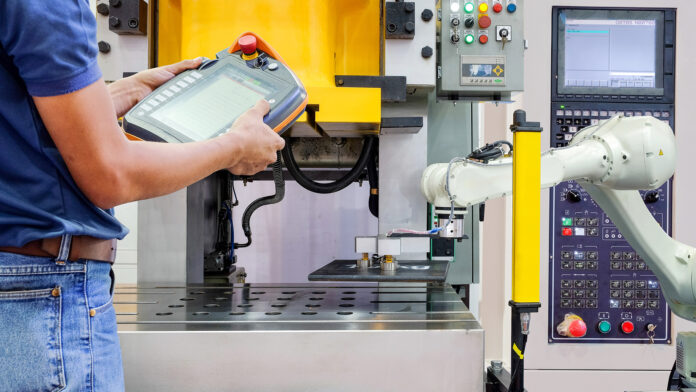
Conclusion
Workers need to be aware of the dangers posed by machinery and take steps to protect themselves from injury. Operators should understand the basics of machine guarding and how to operate them safely. Proper guards should be in place and functioning properly to protect workers from injury. Operators should also wear personal protective gear, such as gloves, safety glasses, etc. when working near moving parts or hazardous materials. Regular inspections should also be conducted to identify faulty guards or unsafe operating conditions.

